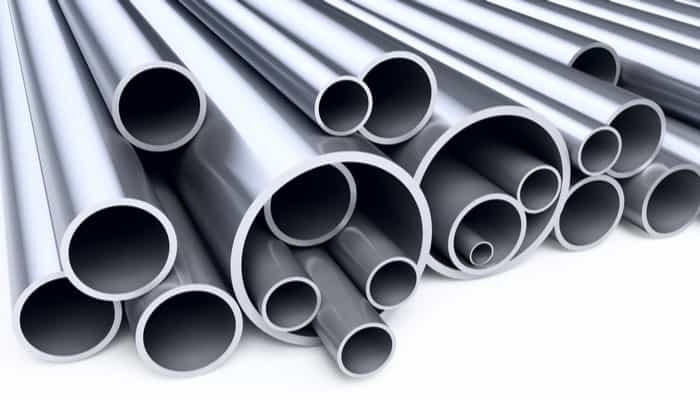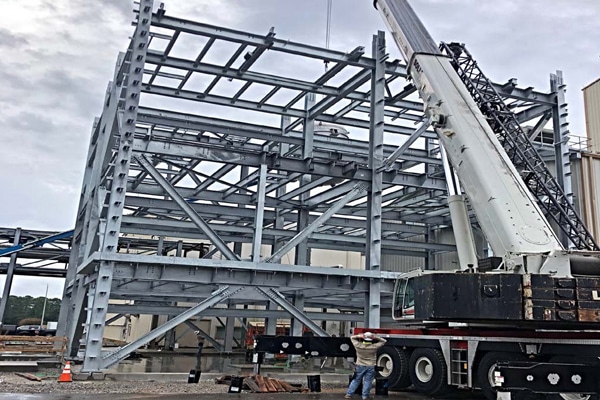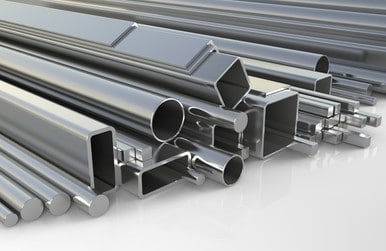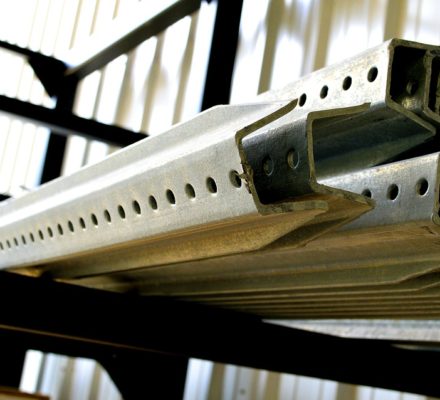Are you looking to choose between aluminium or stainless steel fabrication in the UAE? Read these factors to know the best choice of metal for your project.
With so many differences between aluminium and stainless steel, choosing either metal for your project can be hard. Professional metal fabrication companies in the UAE can always help in making the decision for you. Or you could read through this article to gain some insights.
Both steel and aluminium fabrication processes produce parts and structures for a wide range of industries. Aluminium is often used in the marine equipment industry thanks to its lightweight and resistance to corrosion.
While stainless steel is not considered a non-ferrous metal, it is also valued due to its lack of magnetism and versatile applications in the industrial environment.
These factors include;
- Resistance to corrosion
- Heat conduction
- Cost
- Tensile strength and Weight
- Fabricating methods
- Electrical conductivity
1. Ability to resist corrosion
Table of Contents
Stainless steel is a composition of iron, nickel, manganese, copper, and chromium. Chromium is an added factor that helps steel resist corrosion. Beyond that, stainless steel is non-porous, which makes it more likely to corrode.
The corrosion process involves electrolysis in which the metallic surface releases electrons into an electrolyte. Such as a layer of moisture in the presence of oxygen. Steel corrodes very rapidly when the PH is below approximately five.
The corrosive reaction changes the mechanical structure of the steel, making it brittle and flaky. Thus, the useful life of steel structures and other applications is severely curtailed.
There is a need to apply a suitable protective coating to slow down or prevent corrosion.
Generally speaking, aluminium has excellent corrosion resistance. In its natural state, aluminium is commercially pure thus has the best corrosion resistance.
Aluminium oxidation is the central part of its corrosion resistance. Aluminium has a very high oxygen affinity. When an aluminium surface is exposed to an oxidizing agent, it develops a thin, hard aluminium oxide film. This film is relatively inert chemically.
The corrosion resistance of aluminium relies on the inactivity of this surface film. But, when this surface dissolves, aluminium corrodes. A protective increase its resistance to corrosion, a protective coating is applied.
2. Heat Conduction properties
Thermal conductivity measures the ability of a metal to conduct heat. This property will, however, vary, so it is essential to consider your project type.
Aluminium is generally a much better thermal conductor than steel. It is often used in applications where heat distribution is required, such as in heat sinks. Some critical applications that require high thermal conductivity are;
- Heat exchangers
- Heat sinks
- Cookware
Because steel is a poor conductor of heat, it is a good choice for high-temperature environments like aeroplane engines.
Your metal fabricator will look at your project type and decide the best metal according to your needs.
3. Cost
Cost and price are always essential factors to consider when making any product.
The price of steel and aluminium is constantly fluctuating based on;
- Supply and demand in the Arab Emirates.
- Fuel costs
- The price and availability of iron and bauxite ore.
However, steel is generally cheaper (per pound) than aluminium. Since extraction of aluminium consumes much electrical energy makes aluminium costly. Though primary and secondary steelmaking processes make stainless steel, it still has less production cost than aluminium.
There are exceptions, but for two identical fabrications (one in aluminium and one in steel). The aluminium part will almost always cost more because of the increase in the raw materials.
4. Tensile strength and Weight
As you may imagine, steel is considerably stronger than aluminium. It is available in sheet, plate, and pipe forms.
Essentially steel is more robust and less likely to warp or bend under force, Weight, or heat. Since steel is known for its strength and durability, its parts are preferred for many applications in the energy sector.
Aluminium is not as strong as steel but weighs much less. Shape and structural rigidity can contribute significantly to the strength of a structure. When these two factors are optimized, aluminium can provide similar reliability to a comparable steel structure at half the Weight.
For example, in boat building, aluminium is roughly half the strength of steel at one-third the Weight. This means that an aluminium vessel can be built at a given strength two-thirds the Weight of a comparable steel boat.
5. Fabricating methods
Aluminium is generally hard to weld compared to steel. However, it can be moulded or cut into the desired shapes if working with a professional fabricator.
In contrast, stainless steel fabrication strategies often include some or all of the following;
- Machining to create crisp edges and to ensure the lowest degree of chipping or cracking.
- Welding to create lasting joins.
- Work hardening to create durable, rigid structures that stand up to long-term use.
The lower the melting point of aluminium, the lower the aluminium is. It is much more versatile and malleable during the fabrication process.
6. Electrical conductivity
Aluminium is an excellent conductor of electricity, while steel is not known for being a great conductor.
Since aluminium is a good conductor of electricity, considering its lightweight properties and ability to resist corrosion. It is common to see aluminium sheet metal used in high-voltage overhead power, car radiators, and air conditioning units.
Aluminium’s density and exceptionally lower cost make it a brilliant choice for many large-scale electrical applications, including electrical power cables, electrical power connectors, and even circuit breaker electrical contacts.
Steel, on the other hand, is a poor conductor of electricity. It is perfect for electrical enclosures for wall-mounts, floor mounts, and freestanding junction boxes made with steel.
Conclusion
As earlier mentioned, steel is almost always cheaper than aluminium. That’s about as close a clear-cut winner, however. Simply put, the best is the metal for the job.
Consider the characteristics of the specific application as much as is not more than cost when choosing the best metal for your next project.
If you are still unsure which metal is suitable for your project, you can reach out to us at eminence metal. We would be more than happy to assist you.




